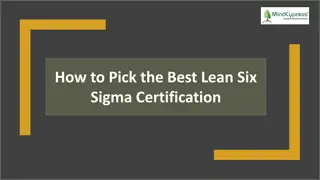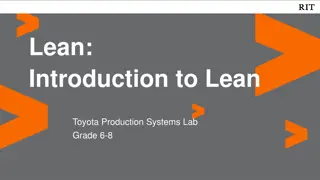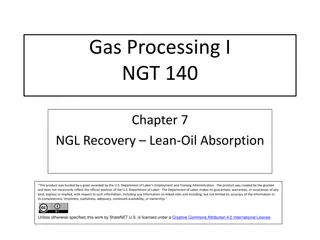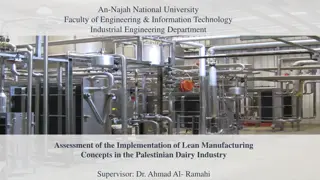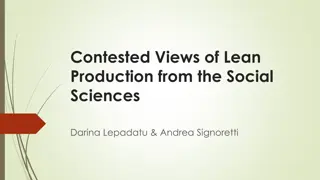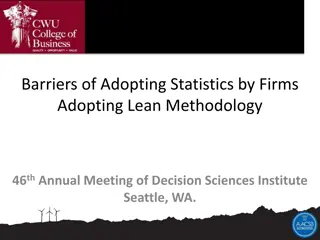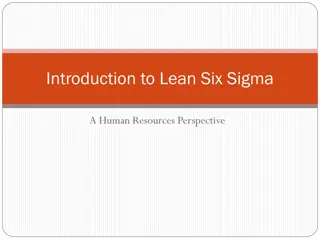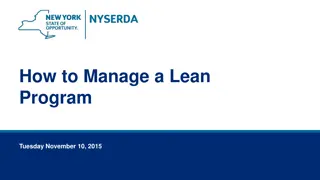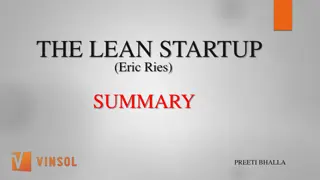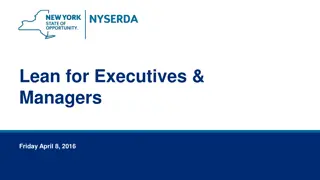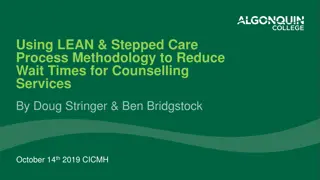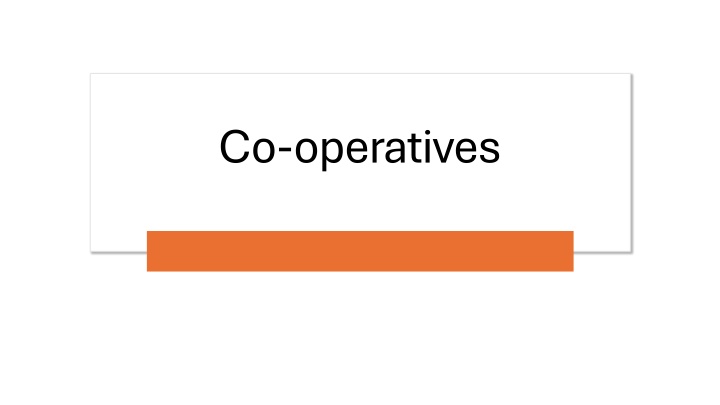
Co-operatives: Principles, Values, and Legal Structures
Learn about co-operatives, a business model owned and controlled by members to meet shared needs. Explore the principles, values, various types, and legal structures of co-ops, including guidance on starting or converting to a co-operative entity.
Download Presentation

Please find below an Image/Link to download the presentation.
The content on the website is provided AS IS for your information and personal use only. It may not be sold, licensed, or shared on other websites without obtaining consent from the author. If you encounter any issues during the download, it is possible that the publisher has removed the file from their server.
You are allowed to download the files provided on this website for personal or commercial use, subject to the condition that they are used lawfully. All files are the property of their respective owners.
The content on the website is provided AS IS for your information and personal use only. It may not be sold, licensed, or shared on other websites without obtaining consent from the author.
E N D
Presentation Transcript
What is a co-op? A co-op is a business or organisation that is democratically owned and controlled by its members, to meet their shared needs. The members can be its customers, employees, residents or suppliers, who have a say in how the co-op is run. They aren t new - the first successful co-op was formed in 1844 in Rochdale just before the creation of the Charitable Trust Act 1853
Principles & Values There are seven co There are seven co- -operative principles that define how a co operative principles that define how a co- -op operates: 1.A co-op is owned and controlled by its members owned and controlled by its members. It exists for the benefit of its members, who may be customers, workers, suppliers or the wider community. 2.A co-op is democratic democratic this means every member has an equal say in how it s run and how profits are used. 3. 3.Every member Every member contributes financially contributes financially in some way from buying products, working for the co-op,investing in it or deciding how to spend its profits. . 4.A co-op is an independent independent business, owned and controlled by its members. 5.It offers education and training education and training to everyone involved, so they can develop the co-op and promote the benefits of co-operation. 6.It co co- -operates, operates, works with and supports other co-ops. 7.A co-op supports the communities communities it works with. op operates:
Values 1.Openness 2.Self help 3.Self responsibility 4.Solidarity 5.Social responsibility 1.Caring for others 2.Democracy 3.Equity 4.Equality 5.Honesty
Many types and model rules Worker owned Producer owned Customer owned Community owned (community shares) The Ivyhouse, Nunhead Multi-stakeholder (GCDA, GLL Better, South East London Community Energy) Calverts, Ceramic Studio Co-op, Blake House Filmmakers Most commonly food producers but can be artists Credit Unions,
Starting a Co-op or converting to a Co-op https://www.handbook.fca.org.uk/handbook/RFCCBS/5.pdf https://www.uk.coop/ https://www.uk.coop/business-support-co-ops https://ldn.coop/londons-co-ops/ https://www.stirtoaction.com/ https://www.culture.coop/ GCDA converted in 2013 from a private limited company with voluntary directors to a Society for the Benefit of the Community with charitable status which means it is eligible for most grants, is exempt from paying tax on surplus, gets mandatory rate relief and can also raise funds through shares.
Legal Structures: Summary of the key features of the different legal forms Legal Structures: Summary of the key features of the different legal forms Regulatory Body Limited Liability Charitable Status General Trading Activities Corporation Tax Suitable for Grants Issue shares?Advantages Legal Form Legal Form Disadvantages No limited liability. Trustees are personally liable Unincorporated Unincorporated Charity Charity Charity Commission Simple to set up. Inexpensive No Yes No No Yes No Charitable Charitable Incorporated Incorporated Organisation Organisation Charity Commission Evidence of funds in advance Yes Yes No No Yes No Inexpensive Evidence of funds in advance. Needs to do returns to Companies House and Charity Commission Charity Commission & Companies House The best known form for charities. Strict regulation by the Charity Commission Charitable Company Charitable Company Yes Yes Possibly No Yes No Charitable Charitable Recognised Society Recognised Society for the Benefit of the for the Benefit of the Community Community Flexible for trading related activities, obtain grants, donations and other forms of generating funds Financial Conduct Authority Yes Yes Possibly No Yes Yes Can be expensive Highly popular with community trusts that promote employment and trading activities Society for the Society for the Benefit of the Benefit of the Community Community Financial Conduct Authority Has no charitable recognition and is subject to Corporation Tax Yes No Yes Yes Yes Yes
Community Interest Community Interest Company (Limited by Company (Limited by Guarantee) Guarantee) Companies Companies House and CIC House and CIC Regulator Regulator A widely accepted structure for A widely accepted structure for organisations aiming at organisations aiming at establishing social enterprises establishing social enterprises Has no charitable recognition Has no charitable recognition and is subject to Corporation and is subject to Corporation Tax Tax Yes Yes No No Yes Yes Yes Yes Yes Yes No No A widely accepted structure for organisations aiming at establishing social enterprises. Has no charitable recognition and is subject to Corporation Tax Community Interest Community Interest Company (Limited by Company (Limited by Shares) Shares) Companies House and CIC Regulator Yes No Yes Yes No Yes Is unlikely to be able to apply for many grant programmes Allows some distribution of profits to shareholders Company Limited by Company Limited by Guarantee Guarantee Companies House Very simple to establish and widely recognised in the Third Sector. Has no charitable recognition and is subject to Corporation Tax Yes No Yes Yes Yes No Companies House Simple to establish and able to attract capital It is not a recognised structure for SE Company by Shares Company by Shares Yes No Yes Yes No No Financial Conduct Authority Requires collective action and management Co Co- -operative operative Yes No Yes Yes Possible Yes Easy to join and democratic control Partnership / Self Partnership / Self- - employment employment Income Tax HMRC No No Yes No No Easy to establish No limited liability


